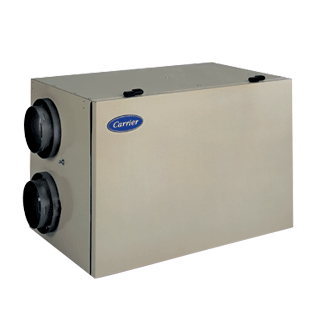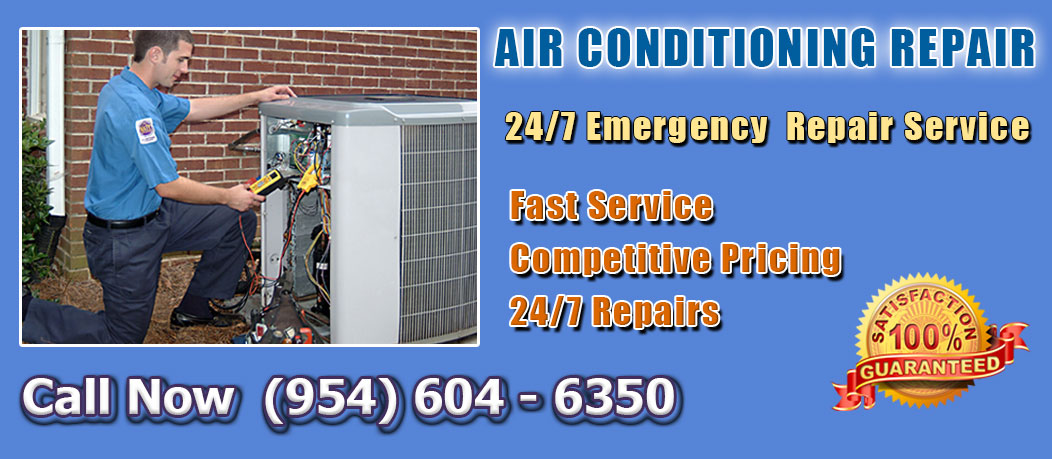 The need for fresh air is part and parcel of the comfort considerations in homes. If your home is energy efficient and air tight, an energy recovery ventilator can help you get sufficient fresh air without sacrificing the aspect of efficiency.
The need for fresh air is part and parcel of the comfort considerations in homes. If your home is energy efficient and air tight, an energy recovery ventilator can help you get sufficient fresh air without sacrificing the aspect of efficiency.
Adding insulation and sealing air leaks are two of the most important ways through which you can conserve energy in your home. That being said, some homes are so tightly sealed that they do not allow fresh air to come in hence creating a less healthy environment. In order to allow in adequate fresh air without incurring extra energy expense to cool or heat the incoming fresh air, you need to invest in a ventilation system. Also known as air heat exchangers, energy recovery ventilators are simply mechanical ventilation systems that remove polluted stale air from homes and replace it with fresh air from outside.
In order to conserve energy, these ventilators pass the warm outgoing air from inside the house through a component known as a heat exchanger. The heat exchanger transfers heat from the outgoing air to the incoming cool air. This exchange process is what is known as the heat recovery. For one, the occupants in the home are shielded from the blast of cold incoming air while at the same time; the process saves energy because the heating system in your home doesn’t have to warm the cold incoming air. During summer, the outgoing air cools the warm incoming air thus giving you comfort without skyrocketing your energy bills.
Energy recovery ventilators are normally operated by timers or controlled by humidstats which are sensors that detect levels of humidity in your home. Inasmuch as energy recovery ventilators remove excess humidity from your home, they can also be set to add humidity.
When shopping for an energy recovery ventilator, do not be mixed up by the terminology. Some homeowners confuse energy recovery ventilators with heat recovery ventilators. It should be noted that an energy recovery ventilator has a heat exchanger which transfers a given amount of water vapor together with heat energy to the incoming air. On the other hand, a heat recovery ventilator only transfers heat.
Since energy recovery ventilator transfers moisture which is contained in the exhaust air to the less humid incoming winter air, the humidity levels in homes that have these ventilators installed tend to be more consistent. This feature also enables the heat exchanger core to be warmer thus minimizing freezing problems. There are different varieties of energy recovery ventilators from small ones that can be mounted on windows or walls to large units that are suspended from utility rooms, basements, attics, or crawl spaces.

